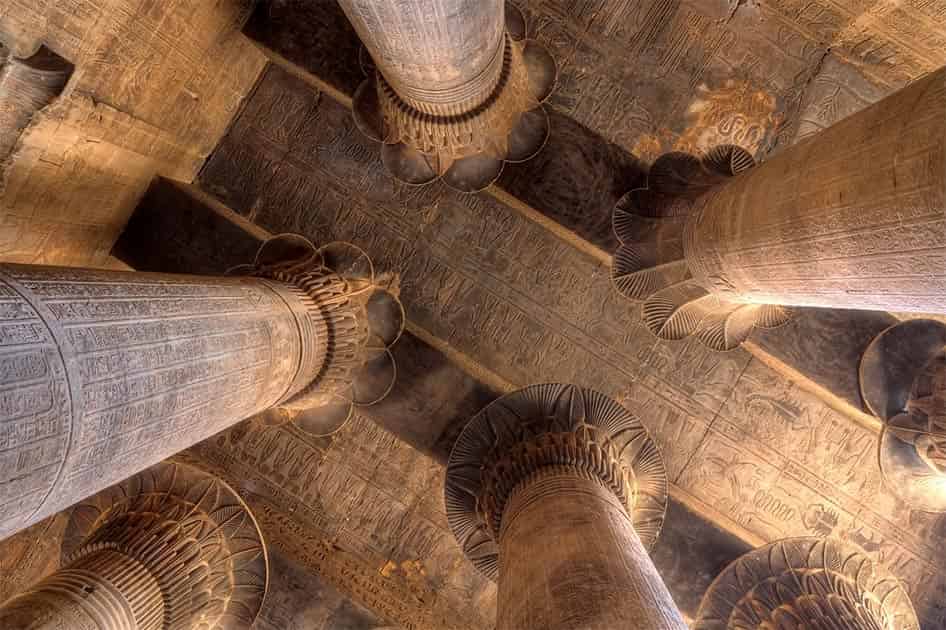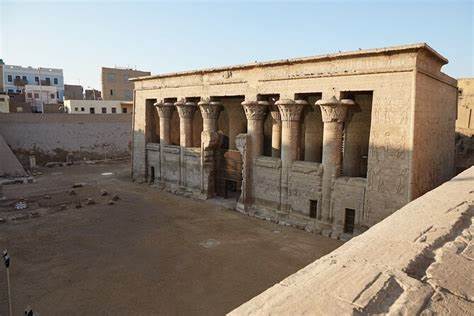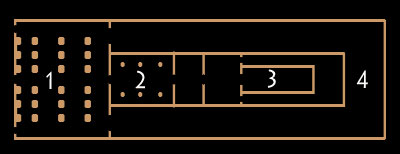Temple of Khnum of Esnan, also known as the Temple of Esna, dedicated to the god Khnum, his consorts Menhit and Nebtule, their son Heka and the goddess Neith, was a remarkable site for its beauty and architectural grandeur. The Temple of Esna shows how important the ancient Egyptians considered their places of worship. All Egyptians who entered the confines of an Egyptian temple had to “observe strict rules of ritual purity.”.


The town of Esna (Iunyt or Ta-senet to the ancient Egyptians and Latopolis to the Greeks) is roughly 50 km south of Luxor (ancient Thebes). It seems that the first temple (or shrine) in Esna was built during the reign of Tutmosis III (during the New Kingdom), but the present temple dates from the Greco-Roman period, when the town of Esna became the capital of the third Nome of Upper Egypt.

The temple of Esna is primarily dedicated to Khnum (a god of the Nile who moulded the “ka” on his potter’s wheel) but was also dedicated to a number of other deities, most notably Neith (the ancient goddess of war and weaving), Heka (the personification of magic), Satet (a goddess of the Nile), and Menhet (the lion goddess who was the wife of Khnum at Esna).

On the northern wall of the hall the pharaoh is depicted catching wild birds – symbolically representing him subduing evil spirits. At the east corner there is a strange hymn to Khnum in which the name of the god is written using the hieroglyph of a crocodile. At the opposite corner the hymn is repeated but with the name of the god written with the more traditional ram head. The decorations also include a number of calendars, and the ceiling is decorated with Egyptian astronomical figures on the northern side and Roman zodiacal signs on the southern side.

